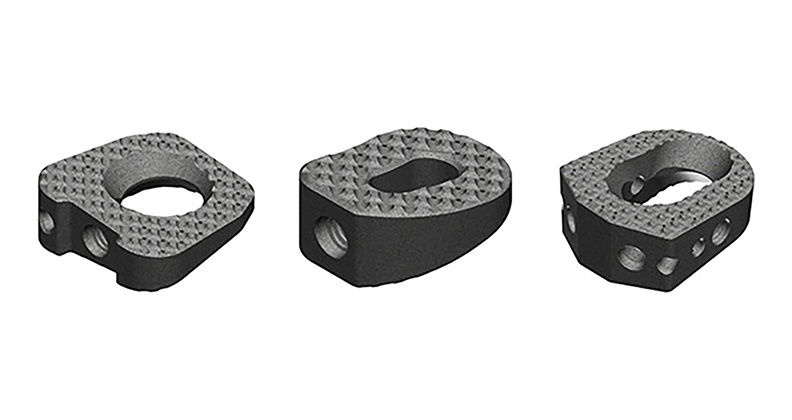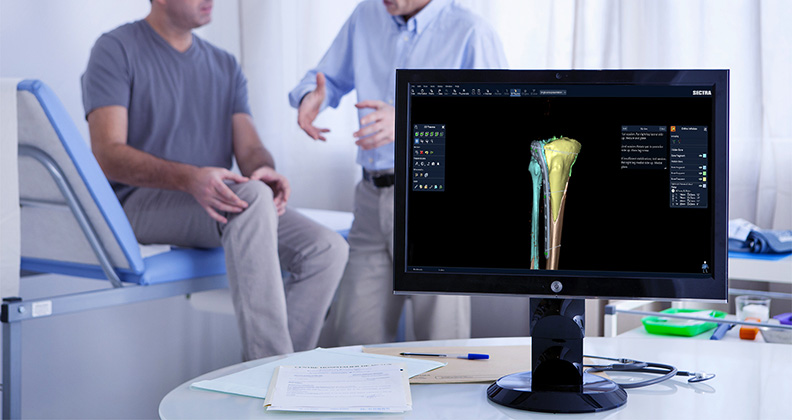
Today’s orthopedic innovation is largely driven by instruments and instrument systems. While implants enjoy long-term outcomes, device companies have turned their focus to instruments in order to make procedures more efficient, accurate and repeatable for surgeons, with the largest players in orthopedics commercializing robots to amplify such productivity.
Robotic-assisted surgery is at an early stage, but already offers a true market opportunity for orthopedic and spine companies. As the technology improves, enhancement will come through design and manufacturing of the robots and their instruments, as well as efficiencies in the supply chain. We have manufactured components, including disposable instrument jaws and tubes as well as parts within the robotic arm, for the orthopedic market for more than five years. We see the continued advancement in the robotic space as an opportunity to add value and innovate with our customers.
Robotic applications require high-precision tolerances and a collection of capabilities such as milling, grinding and laser ablation. The higher volume of robotic parts means that companies need cost-effective and integrated partners. Device companies developing robots should consider contract manufacturers that invest in the space and can aid with design, prioritize design for manufacturability of complex assemblies and offer a breadth of capabilities for an all-in-one solution.
Until long-term data is available, industry debate will continue to explore whether robotic-assisted systems improve outcomes. The technology does, however, lend itself to a more accurate procedure. Because of this, we expect that all large orthopedic players will need a robot in order to remain competitive. We anticipate a future in which robots will be full-indication systems instead of solely built for knee replacement or spinal procedures.
While robotics will disrupt a portion of orthopedics, traditional procedures with traditional instruments will of course remain. All device manufacturers seek to accomplish a streamlined approach to ways that instruments are utilized in the operating room, reprocessed by hospital staff and tracked from an inventory standpoint. This has led to companies condensing the number of instruments in a system and executing on design and manufacturing to make one instrument do three different things, in some instances. The orthopedic instrument market remains healthy, and complements continued innovation.
Barry Parker is Senior Vice President Design & Development/Innovation for Tecomet.




